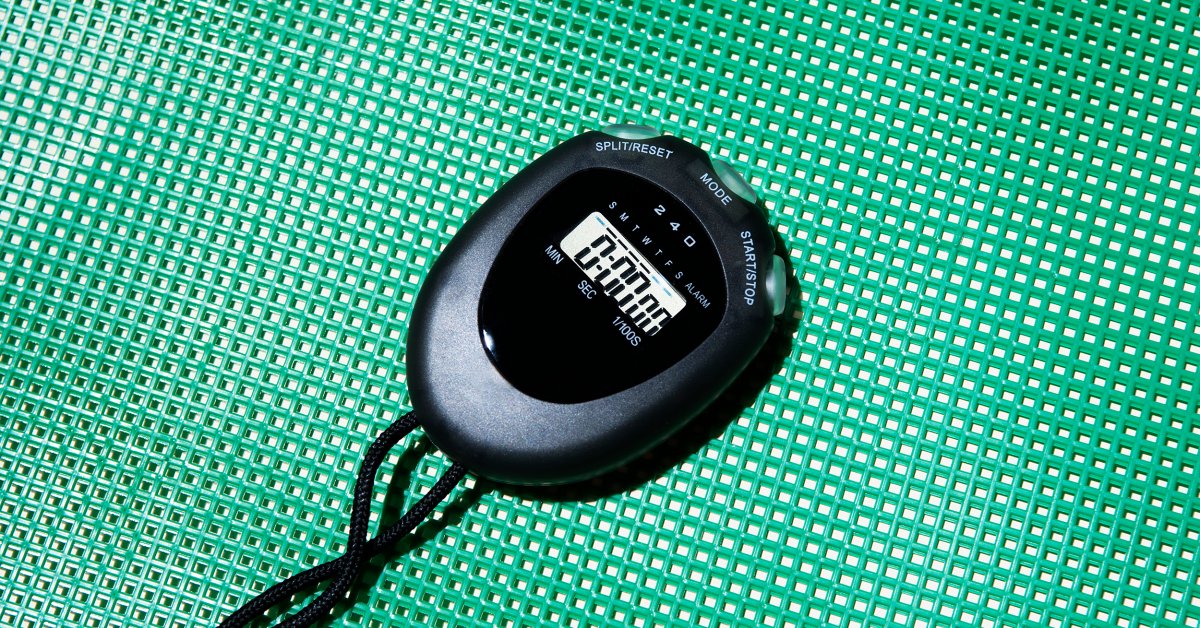For years, federal physical activity guidelines have told Americans how much time they should spend moving each week: at least 150 minutes, or 75 minutes if workouts are particularly vigorous. But the popularity of wearable fitness devices has made many people obsessively track their step counts instead, often shooting for the goal of 10,000 per day (even though some studies suggest that number is arbitrary).
Is the length of your workout or your daily step count a better measure of wellness?
“Both are good metrics,” says Dr. Rikuta Hamaya, a preventive-medicine researcher at Brigham and Women’s Hospital in Boston and lead author of the new study. But Hamaya and his colleagues wanted to know if one was better than the other, so they designed a head-to-head comparison.
The resulting study, published in JAMA Internal Medicine, is based on data from more than 14,000 U.S. women who were tracked for about a decade. When the study began, the women were all at least 62 years old and free of cardiovascular disease and cancer. They were asked to wear an activity monitor for a week, removing it only to sleep, shower, or swim. From those data, the researchers calculated how many steps people took per day, as well as how much time they spent doing moderate-to-vigorous physical activity like cycling, jogging, or walking quickly.
Read More: Why Walking Isn’t Enough When It Comes to Exercise
Among women in the study, the median number of daily steps was around 5,200, while the median physical-activity duration was about an hour per week. People who exercised more also tended to walk more, but the two measures weren’t perfectly synced. That’s in part because slower forms of walking, like puttering around the house, aren’t necessarily intense enough to register as moderate-to-vigorous activity on a fitness monitor, but still count toward the number of steps taken.
So which measure was better? Both were equally good: however they measured it, more movement equaled better health and longevity.
Over the years of follow-up, about 9% of women in the study died and 4% developed cardiovascular disease. Compared to the most sedentary members of the group, the most active women were significantly less likely—by 30% or even more—to experience either outcome, no matter how the researchers measured their activity. In the end, Hamaya says, there wasn’t a “material difference” between the two metrics, at least for the people in the study.
But it’s important to note that the study focused solely on older, predominantly white U.S. women who were healthy when the research began, so it’s impossible to say if the same finding applies to all people. Younger adults, for example, may benefit more from vigorous activity, although more research is required to say for sure.
Still, the takeaway from the research is encouraging, Hamaya says, because it suggests that—at least for certain groups of people—there’s no single best way to assess fitness, and that people can shoot for whichever benchmark feels right to them. “If someone likes to count steps, go with it,” he says. “Or if someone likes to count [workout] time, that would be a good choice” too.














/cdn.vox-cdn.com/uploads/chorus_asset/file/25379248/247075_Humane_AI_pin_AKrales_0120.jpg)















